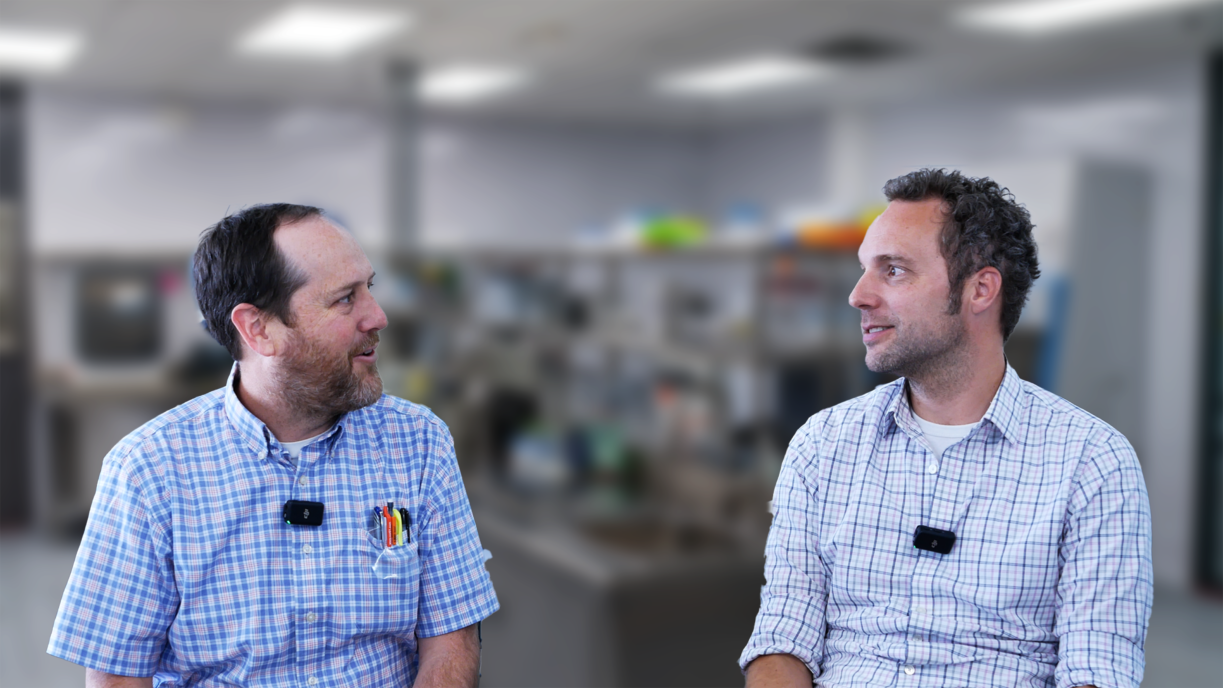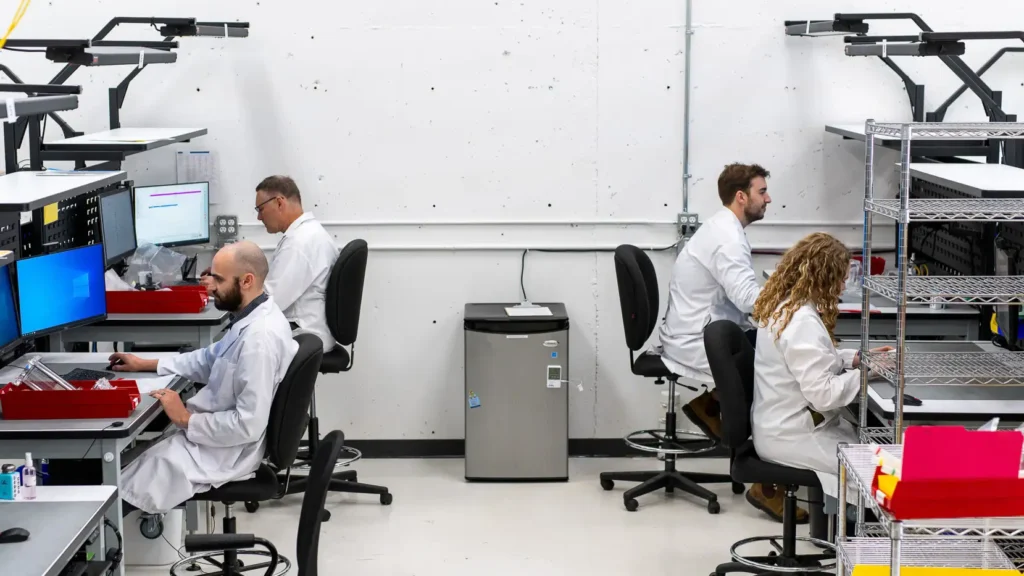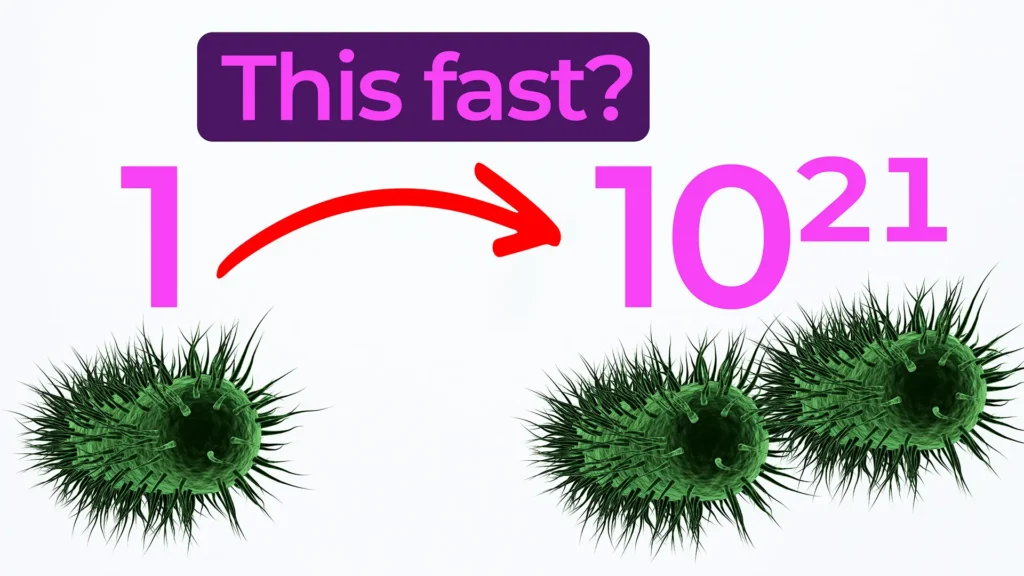
Bio Break: The Power of Continuous Analyte Monitoring
In this episode of Bio Break, StarFish Medical experts Joris and Nick dive into the transformative concept of Continuous Analyte Monitoring (CxM) and its growing role in wearable medical devices. They discuss the value of tracking metabolic markers over time, as opposed to relying on static time-point measurements, and how this approach enhances precision in both diagnostics and treatment.
The discussion highlights the evolution of continuous monitoring, starting with the gold standard of blood testing. While blood samples provide accurate results, their invasive nature and impracticality for frequent testing have driven innovation in non-invasive or minimally invasive techniques. For instance, wearable devices now use sensors with flexible needles or interstitial fluid measurements to monitor markers like glucose continuously.
Nick shares fascinating insights from his past work monitoring stress responses in animals, where cortisol levels were measured using both blood samples and innovative hair analysis techniques. He emphasizes the importance of timing in traditional testing, as data can fluctuate significantly depending on the time of day or external stressors. This variability underlines the immense value of continuous monitoring, which provides consistent, real-time data and eliminates the need for rigid sampling schedules.
Key takeaways from the episode include:
- Continuous Monitoring Advantages: The ability to track trends and patterns over time, offering deeper insights into a patient’s health.
- Wearable Innovations: How cutting-edge devices measure biomarkers like glucose or cortisol through interstitial fluid, enhancing patient convenience and compliance.
- Precision in Data: Continuous tracking minimizes variability caused by time-of-day effects or environmental stressors, improving diagnostic and therapeutic accuracy.
This episode highlights how CxM technology is shaping the future of personalized healthcare by offering real-time, actionable insights. Whether you’re a developer, healthcare professional, or simply curious about wearable medical devices, this episode provides valuable knowledge about the impact of continuous monitoring on patient outcomes.
The Power of Continuous Analyte Monitoring
Related Resources

In MedTech, success rarely comes from invention alone. Plenty of promising technologies make it through verification and early clinical work, only to stall when the team tries to turn them into something buildable.

From how much of your body is actually bacterial to how fast microbes can multiply, these facts are designed to stick with you long after the party ends.

In medical device development, verification is both a safeguard and a stress test, not just for the product, but for the process.

In the world of medical device development, requirements are often treated as a regulatory tax, essentially documentation created solely to satisfy a compliance need.
Learn the Basics of Wearable Medical Device Adhesives including DO’s and Don’ts in our comprehensive overview.
Related Resources

In MedTech, success rarely comes from invention alone. Plenty of promising technologies make it through verification and early clinical work, only to stall when the team tries to turn them into something buildable.

From how much of your body is actually bacterial to how fast microbes can multiply, these facts are designed to stick with you long after the party ends.

In medical device development, verification is both a safeguard and a stress test, not just for the product, but for the process.

In the world of medical device development, requirements are often treated as a regulatory tax, essentially documentation created solely to satisfy a compliance need.
